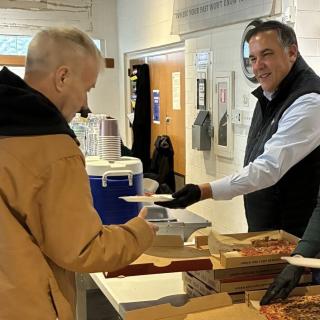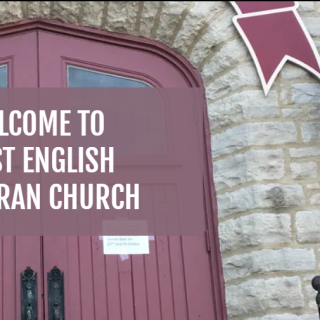As the 2019 Columbus Crew season kicks off, local activists should recall why our hometown soccer team is still here. Despite some criticisms from this publication and others, the story of how The Crew got saved can provide lessons that even the most vocal critics should learn from for their own purposes.
The Columbus Crew was the first charter team in Major League Soccer (MLS) and went on to play an important role in U.S. soccer history. I was at that first game in Ohio Stadium in April 1996 when I was twelve years old, which allowed me to watch a sport I loved in a city that (until that time) never had a viable professional team before. The Crew helped prove the MLS could work in the U.S. and that a soccer-specific stadium could be built for MLS and national teams alike. Without the city of Columbus and our modest franchise, soccer would have never succeeded in our country and so many incredible professional careers – from Brian McBride to Zack Steffen – would have never happened. It is this history that preceded the #SaveTheCrew movement.
Fast forward to October 2017, when it was first revealed the Crew’s relatively new owner Anthony Precourt (a Trump-supporting, trust fund baby from out of town) had been working behind the scenes to sabotage the Crew’s business operations so he could move the team via a clause in his contract to Austin, Texas. While this may have come off as another pointless sports fight, the battle for the Crew was a perfect analogy of the larger political struggles in our country – a powerful, no-nothing mogul comes into a city he doesn’t care about to make a quick buck before moving his newly acquired entity to make more money elsewhere. Sound familiar? It’s a struggle the middle-class in America has been facing for years.
This is what the #SaveTheCrew movement was dealing with and why it’s important to examine how it succeeded. The group first rallied any and everybody who cared about the team in such a public way that our elected leaders and city power brokers had to take notice. The #SaveTheCrew movement did this very visibly, starting first with a rally on the steps of city hall and then taking the message to the community, providing stickers for the windows of businesses and yard signs in the fronts of houses around the city.
When the Precourt ownership group countered the movement and said a few thousand fans supporting the team was not enough – because it was actually the “business metrics” of the team that prompted the potential move – #SaveTheCrew got busy gathering the names and emails of people who said they’d buy season tickets if The Crew stayed, as well as the businesses and companies that promised to provide corporate sponsorship. They also put together a timeline displaying all of the suspicious business practices by The Crew’s front office that seemed to sabotage local support since Precourt took over.
Lastly, when all of these other reasons Precourt wanted to move the team had been countered with private, business and people-related solutions, big trust fund baby Tony dropped his heaviest hammer – that he couldn’t build a new stadium downtown. And Precourt was not wrong – the history of building a downtown stadium in Columbus has long been elusive despite the ownership, which is why The Crew’s original owner Lamar Hunt settled for the structure he built on the fairgrounds off I-71. But Precourt was not going to get his way with trickery, and despite his personal riches, he wanted the public to give him as many tax dollars and tax breaks as possible to build his impossible dream. Seeing these flaws, the #SaveTheCrew team again went to drawing board, partnering with local groups and businesses to help identify several possible downtown sites to build the stadium, as well as an architecture firm to help draw up the plans for how it would look.
With this last important piece, the movement could present these plans to the public entities that needed to approve them once the private-based ownership solution was worked out. This included the City of Columbus and Franklin County leadership, which would have to okay any plans for moving everything forward and sealing the deal. The $50 million that both the city and county eventually promised towards the proposed new stadium’s infrastructure are mere drops in the bucket compared to what ol’ Tony had originally wanted, and despite criticisms from progressive and libertarian groups alike, they will likely pay for themselves many times over as The Columbus Crew continues to prosper economically in the city for decades to come. Yes, the results and lessons from the #SaveTheCrew movement are not to be criticized – they are to be replicated for even movements in the future.



